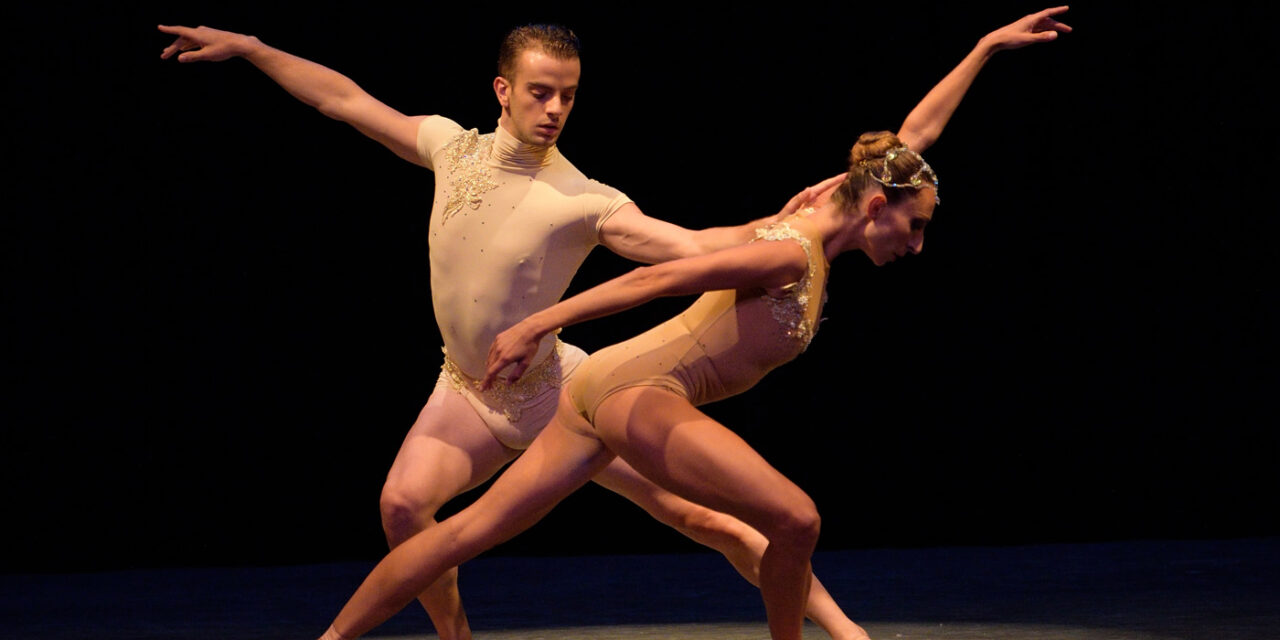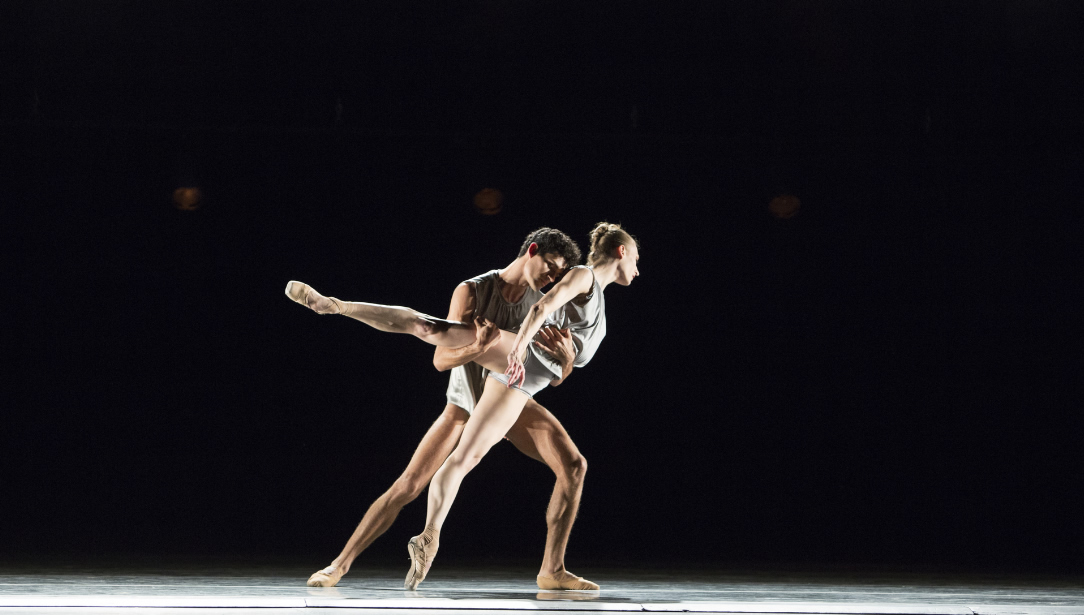The term “ballet” often means different things to different people. For most not familiar with the current state of this most sublime of art forms ballet means pirouettes, pas-de-deux and fluffy tu-tus. This notion of classical ballet is usually most attributed to a purist or even traditional understanding of ballet. For others who are more ardent attendees of ballet performances, contemporary and modern (yes, there is a difference) often meld into the classical moves and choreographies of dance to blur any distinction or type.
Indeed if one can say there was any singular impact of the postmodern and post-World War II cultural transformations in dance, theater, painting or music it would be the blurring or erasure of boundaries and the lessening of the influence of typologies and categorizations. Humans need types and categories for a variety of reasons. Humans need to classify to order and understand, be it the animal kingdom or music or cars. However, these typological nomenclatures are often born of artifice as much as need. This is why it is imperative to attend contemporary ballet performances with an understanding of the erasure of type in dance and an embrace of the blending of styles that most often takes place in companies across the United States and the world.
This phenomenon of multi-dimensional genres in contemporary dance and ballet is the focal point of the XXIV International Ballet Festival of Miami. This rich annual showcase of ballet and contemporary dance companies and dancers from countries as varied as France, Italy, Switzerland, the Dominican Republic and Cuba offers an alluring display of the transcending of type. Indeed, the modern and contemporary program I attended at the Amaturo Theater in Fort Lauderdale was simply breath-taking. Not only was my breath in short supply, my heart danced across the emotional landscape of my visionary imagination. Smiles came from my visage and joy was felt throughout the hall.
The evening was divided into two four-part sections with companies from Italy (Lyric Dance Company), Switzerland Cia. Octavio de la Roza) , the Dominican Republic (Ballet Nacional Dominicaon) and Brazil (Cia. Nos da Danca) making up the entirety of the presentations. Part I began with Cia. Octavio de la Roza and a cheeky entry into the evening. Artistic Director and choreographer Octavio de la Raza (originally from Argentina and born Octavio Stanely) took the microphone once the evening’s introductions and opening remarks were completed.
His gentle poses and squelchy utterances gave the routine a mult-disciplinary, more theatrical dimension and made for a sensational opener. Accompanied by Camilla Collela, the piece then became an extended look at a couple in the throes of passion, both the good and bad kind. It was all exactitude and tension from there. Ms. Collela in particular, with her light blonde locks and tallish figure, made for a supremely fantastical counterpoint to Mr. de la Raza’s playful performance artish antics.
Cia nos da Danca from Brazil performed two large ensemble pieces dedicated to paying homage to Bossa Nova in all its glorious forms. There was classic 1960s singing from recordings of Jobim, Gilberto and many other stars of this most delicate and slightly melancholy musical form. The accompanying choreography celebrated seduction, playful longing, and a strong joyous relationship to life’s hardships and heartaches. The second piece, called Bossa Nossa II may have been the highlight of the evening and it’s emotional high point. Most poignant was the ending where the company simply danced off stage in joyous jumps and langorous waves without musical accompaniment. Seeing the smiles and authentic displays of joy on the faces of the dancers, both men and women, only added to the loveliness of the spectacle.
The Ballet Nacional Dominicano and Lyric Dance Company from Italy also provided extravagantly sensational works that ranged from classical ballet to the very leading edge of contemporary dance performance. In short, this was a stunning display of rigorous professionalism in dance without the tendency towards despair and sadness so often looming over “serious” new pieces of choreography. The night was a sensation and the event appears to be a hit in the South Florida community with upcoming performances in Miami Beach and Miami.




